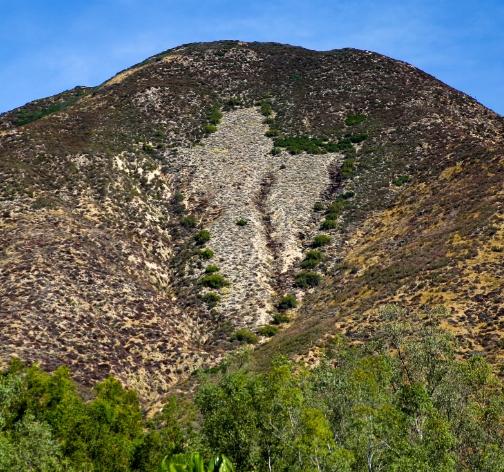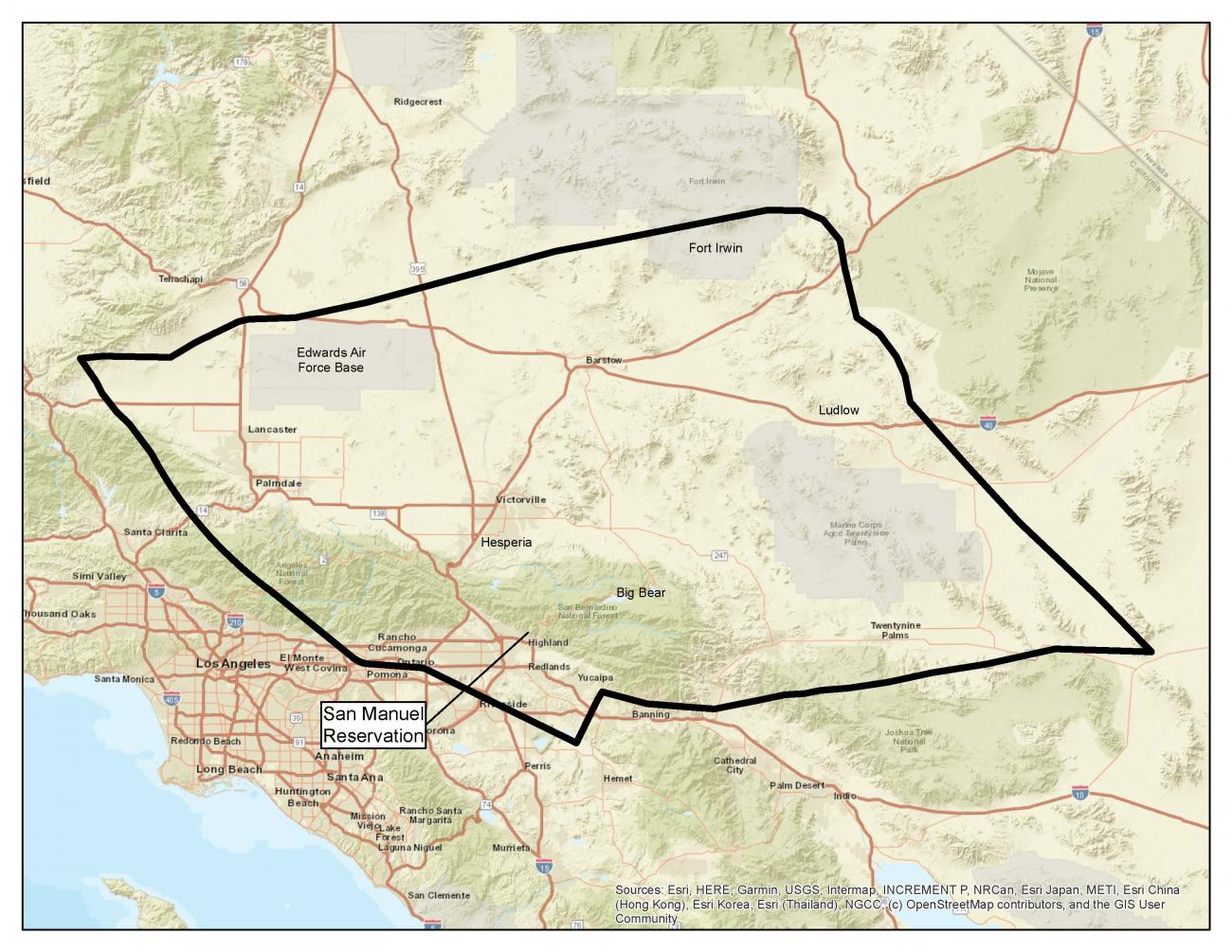

History
Our Creation Story

People of the Pines
High in the San Bernardino mountains at Yuhaac (yu-HAHCH), an area of pine trees near present day Baldwin Lake in Big Bear, Kü̱ktac (CROOK-tahch) our Creator laid dying. When Kü̱ktac died, the people began to mourn and in their grief turned into pine trees, which enriched the land with vegetation and animals, allowing for future generations to thrive.
The people who lived at Yuhaaviat were known as the Yuhaaviatam (yu-HAH-vee-ah-tahm), or “People of the Pines”, and were a Clan of Maara’yam (MAH-ra’-yahm) or Serrano people. Our people, now known as the Yuhaaviatam of San Manuel Nation, are the Yuhaaviatam Clan of Maara’yam (Serrano) and continue the tradition of holding sacred the land and everything it provides.
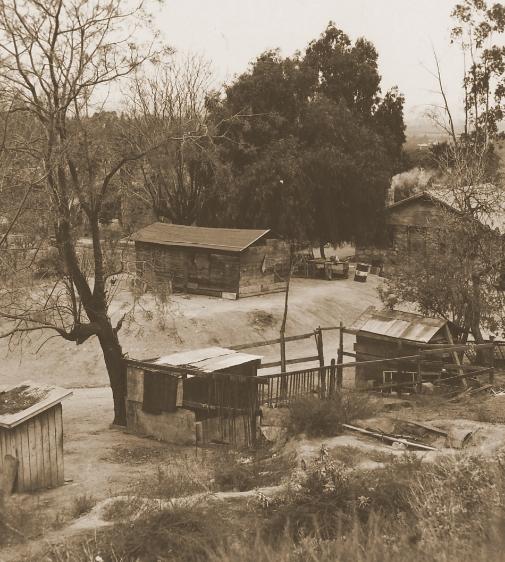
Our Name

The Yuhaaviatam Clan of the Maara’yam (Serrano)
The first Spanish explorers of the area identified our ancestors as the “Serrano” people, the Spanish term for “highlander.” Many terms have been used in many languages to describe our people. We use the word Maara’yam, the People of Maara’, to describe all peoples known today as Serrano. The name Yuhaaviatam, or People of the Pines, refers to the Serrano clan of our progenitor, Santos Manuel.
As a result of colonization, our Tribe became known as the “San Manuel Band of Mission Indians.” The name “San Manuel” comes from our Kiika’ (leader), Paakuma, who was known outside the Tribe by his Spanish name, “Santos Manuel”. The term “Mission Indians” originated from the 21 missions established by Spanish settlers along California’s coast between 1769 and 1823, from San Diego to Sonoma.
Now, we reclaim this namesake, spoken in our language, rooted in our traditions, and honoring our past. We are the People of the Pines. We are Yuhaaviatam of San Manuel Nation.
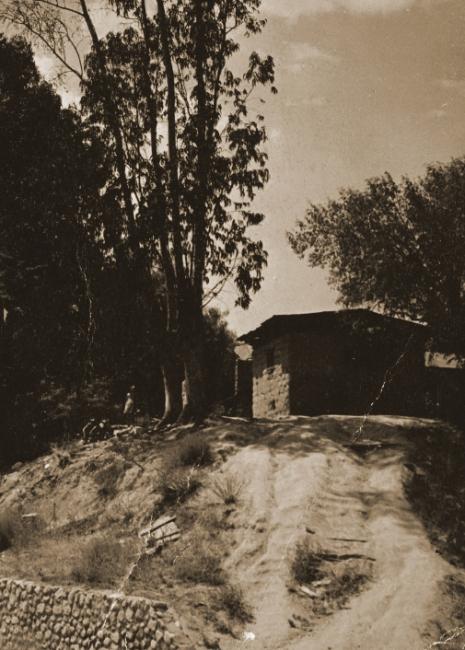
Contact and Post-Contact




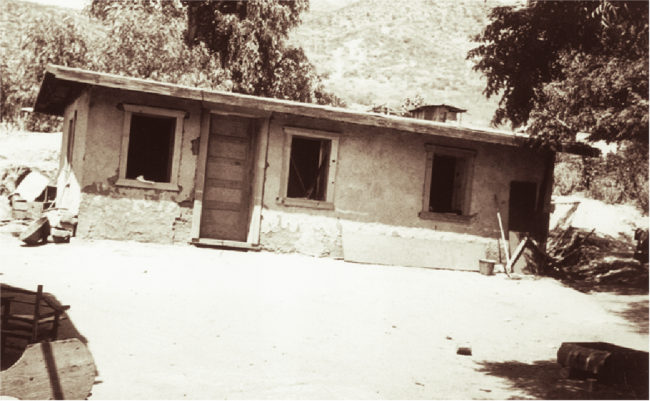
- During the 1700s, the California mission system was established, leading to the genocide of thousands of California indigenous people. Those that survived long enough to be indentured into the missions themselves were forced to give up their culture and traditions in favor of western ways of life.
- Many of our people, the Maara’yam (MAH-ra’-yahm) or Serrano, were taken from the Antelope Valley, Mojave River region, and even the Inland Empire, and placed in the San Gabriel Mission, which was established in 1771. Mission records report contact with Clans at the villages of Guachama and Yukaipa’t (yu-KAY-pah-t) and the subsequent baptisms of those Maara’yam (Serrano) people at Mission San Gabriel in 1776.
- In 1775, the missions established new rancho outposts, or estancias, across the region, increasing their influence by creating a system or chain of structures that would become essential in their communities.

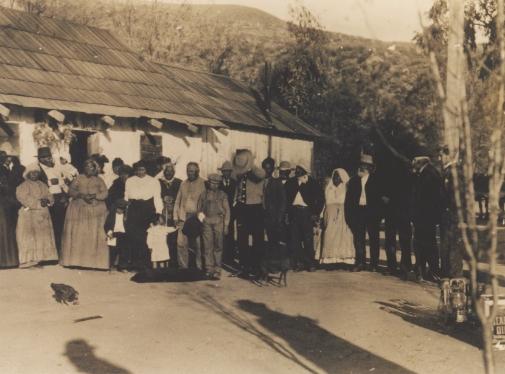
- An estancia in Redlands, modernly known as the Asistencia, was established in 1819. This outpost held many Maara’yam (Serrano), as well as other indigenous people from nearby regions, using them as labor for mission support. One notable feat was the building of the Mill Creek Zanja, which is a massive irrigation system that extends from the base of the San Bernardino Mountains through Mentone, Redlands and Loma Linda. This feature supported the agriculture across the region, within which many indigenous people worked as labor, and is listed on the National Register of Historic Places with the notation that it was built by Serrano men.
- In addition to the mission system and agricultural industry, opportunities related to mining and the Gold Rush drastically changed California, bringing in new settlers who created ranches, farms, mines, and logging camps. Not only did these newcomers want to establish ownership over the land, but they also wanted to utilize it without obstruction. As a result, indigenous people who remained on their ancestral lands were viewed as a nuisance and were often the victim of harsh treatment and violence.
- One such group of people was our Clan, the Yuhaaviatam (yu-HAH-vee-ah-tahm), or “People of the Pines”, of Maara’yam (MAH-ra’-yahm) or Serrano people who had remained on our homelands across the Big Bear Valley. In 1866, as anti-Native American sentiment ran high, a skirmish between settlers and non-Maara’yam (Serrano) Native Americans in the Summit Valley triggered a month-long killing spree of our peoples across the Big Bear area by a San Bernardino militia. Our, Kiika’ (Leader), Santos Manuel, led the remaining Yuhaaviatam, only 20-30 people in number, away from our mountain homelands to the San Bernardino Valley.
- Over the next few decades, our people ventured through the valley along Warm Creek, running into unwelcome settlers who reacted harshly to our presence. We began near what is now known as the National Orange Show Event Center, then moved on to Meadowbrook Park, and finally made our way to the Harlem Springs area before being completely removed from the landscape and placed on the San Manuel Reservation
in 1891. - The Act of Relief for Mission Indians was passed in 1891, which recognized the ‘San Manuel Band of Mission Indians’ inherent rights to self-govern as a sovereign nation, as bestowed upon us by our Creator.
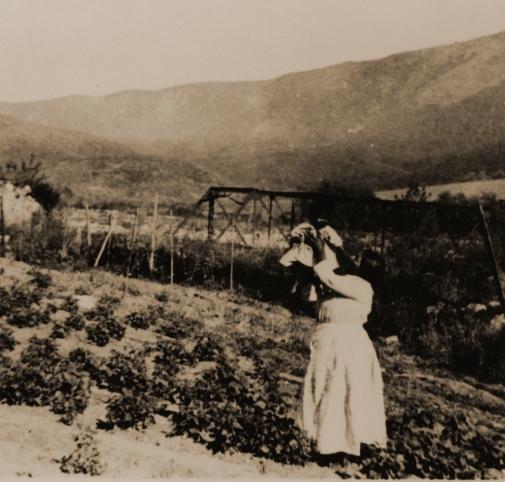
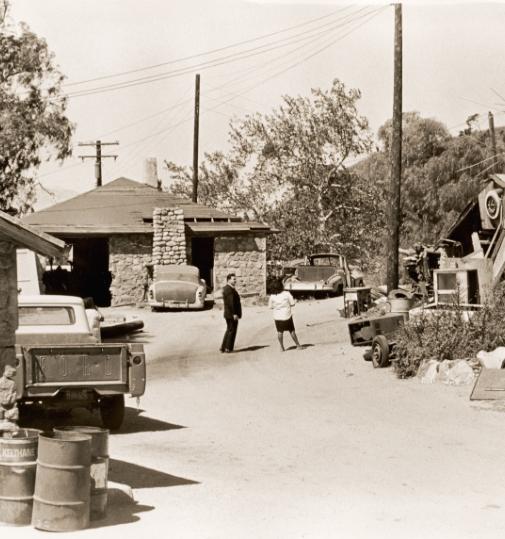

- Following the establishment of the Reservation, the federal government would continue to make decisions on our behalf, dictating what we could and could not do as an independent nation. Our Tribe fought to rebuild our community in a way that remained true to our culture and tradition, as well as honored the gift and responsibility bestowed upon us by our Creator.
- In the 1960s and 70s, nationwide protests strengthened relations between Native Americans and the federal government. Following a message to Congress by President Richard Nixon outlining a policy of self-determination for Indian tribes in 1970, the Indian Self-Determination and Education Assistance Act was signed into law in 1975. This allowed San Manuel and all federally-recognized tribes to finally exercise our retained inherent rights to self-governance as an independent nation. The policy of Self-Determination ended the federal Termination Policy under which the sovereign status of more than 100 Indian tribes was terminated by the federal government.
- A more secure economy followed the introduction of Tribal Government gaming in the mid-1980s on the Reservation, which enabled our Tribe to rebuild its governance capacity.
With our government-recognized independence intact and our future in mind, we began to explore opportunities for new businesses both on and off the Reservation.
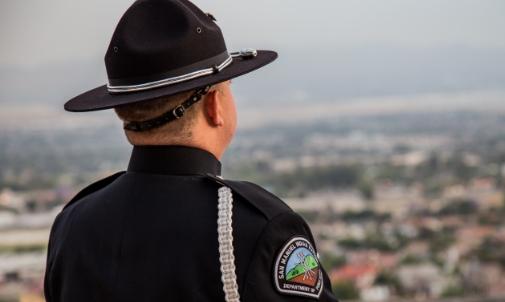

- We have reclaimed our sacred namesake, Yuhaaviatam. This name is our own, spoken in our language and rooted in our traditions. This is who we are. This is who we have always been. We are the People of the Pines. We are Yuhaaviatam of San Manuel Nation.
- We support neighboring communities and Indian Country through financial contributions for education, health and wellness, economic development, and cultural projects.
- Our Tribal Government oversees many governmental units and focuses on building infrastructure, maintaining civil services, and promoting social, economic, and cultural development.
- The San Manuel Entertainment Authority, a Tribal instrumentality, owns and operates Yaamava’ Resort & Casino at San Manuel.
- The San Manuel Gaming and Hospitality Authority, a Tribal instrumentality, owns the subsidiary entities that hold and operate Palms Casino Resort.
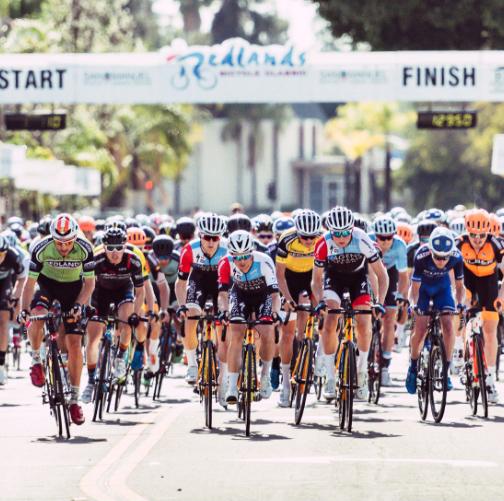
Our Land

Our people in the San Manuel Reservation are the indigenous people of the San Bernardino highlands, passes, valleys, and mountains. Our Maara’yam (Serrano) ancestral territory covers present-day Antelope Valley on the west, southwest Mojave Desert to the north, portions of San Gabriel and San Bernardino Mountains in the center, the Inland Empire north of the city of Riverside to the south, and the city of Twentynine Palms to the east.
As the Yuhaaviatam clan of Maara’yam from Big Bear Valley, Krukat our Creator gave us the responsibility to steward all of Serrano ancestral territory.
